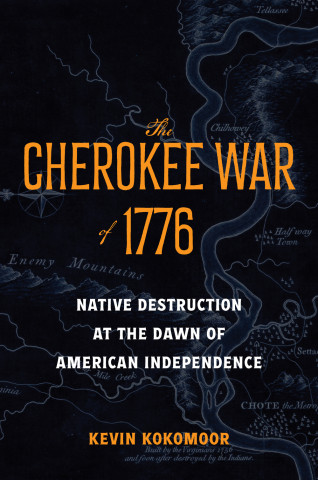
Reviews
The Mootes write with an impressive combination of storytelling and scholarship... Their work provides an example that local historians might consider copying for other locations in Britain.
The Mootes' enthusiasm at their archival discoveries flavours their lively account of the Plague Year.
This is now the best book available on London's 1665 plague epidemic.
An extraordinary and insightful account of life in London during 1665, when nearly 100,000 people died of the plague... The story they tell is of two Londons, the working poor of the 'alleys and cellars and tenements,' and the rich, titled, and merchant classes, and how they became 'interdependent' during 1665... An epilogue on the development of microbiology and antibiotic cures forcefully argues that modern society still needs to be better prepared for future infectious diseases.
Extraordinarily accomplished... A book of rare distinction, one that is able to analyze a city in crisis while never losing sight of the individual lives contained within it. From the tiniest microbe to the most blustery regal proclamation, there seem to be no aspect of Pestered London to which the Mootes did not have access.
In this excellent book, husband and wife Lloyd and Dorothy Moote, a historian and biologist, respectively, have brilliantly captured the human, medical, and political dimensions of the Great Plague in London and the surrounding areas.
The Great Plague is a great read. The authors skillfully integrate evidence from a number of sources, and their enthusiasm for their subject is infectious.
In this crowded field, this jewel of a book brings a new dimension by telling the story of how the rich and the poor who stayed rather than escaped survived rather than died, maintained order rather than succumbed to chaos, and provided support and sustenance rather than betrayal and impedance.
This is a great story of the great plague of London in the 1660s... Fascinating.
The authors... have produced a readable and reasonable account that should now be the first choice of readers who want to know the story.
Based on sound historical research, this is a vibrant retelling of the social, economic, and political context of the Great Plague of London. Lloyd and Dorothy Moote's approach is refreshing and riveting. Their book should have a very wide appeal among general readers and will be of great interest to students and scholars as well.
I read this book with enormous pleasure. It succeeds perfectly on all levels, from new scholarship for academics to a great read for everyone else.... The interwoven narratives of Pepys and other witnesses give a wonderful feel of London's tensions. As an account of a city whose economy slips into crisis as a result of a medical catastrophe, this has never been bettered.... The care and craftsmanship which have gone into it are evident in all the chapters.
I felt myself walking in the company of Pepys through the streets of a plague-stricken London even as I flew through turbulent skies over a storm-tossed Atlantic.
Book Details
List of Illustrations
List of Tables
Preface
Prologue
Part I: Beginnings
1. Winter, 1664–1665
2. The Other London
3. Signs and Sources
Part II: Confusion
4. Fleeing or Staying?
5. The Medical Marketplace
6
List of Illustrations
List of Tables
Preface
Prologue
Part I: Beginnings
1. Winter, 1664–1665
2. The Other London
3. Signs and Sources
Part II: Confusion
4. Fleeing or Staying?
5. The Medical Marketplace
6. Plague's Progress
Part III: The Abyss
7. The Doctors Stumble
8. Business Not as Usual
9. Requiem for London
10. Contagion in the Countryside
Part IV: Surviving
11. The Web of Authority
12. Not By Bread Alone
13. The Awakening
Epilogue: Once and Future Plagues
Appendix A: Bills of Mortality for Greater London
Appendix B: Parish Records of Saint Margaret Westminster
Appendix C: Parish Records of Saint Giles Cripplegate
Appendix D: The Three Plague Pandemics
Notes
Acknowledgments
Index





